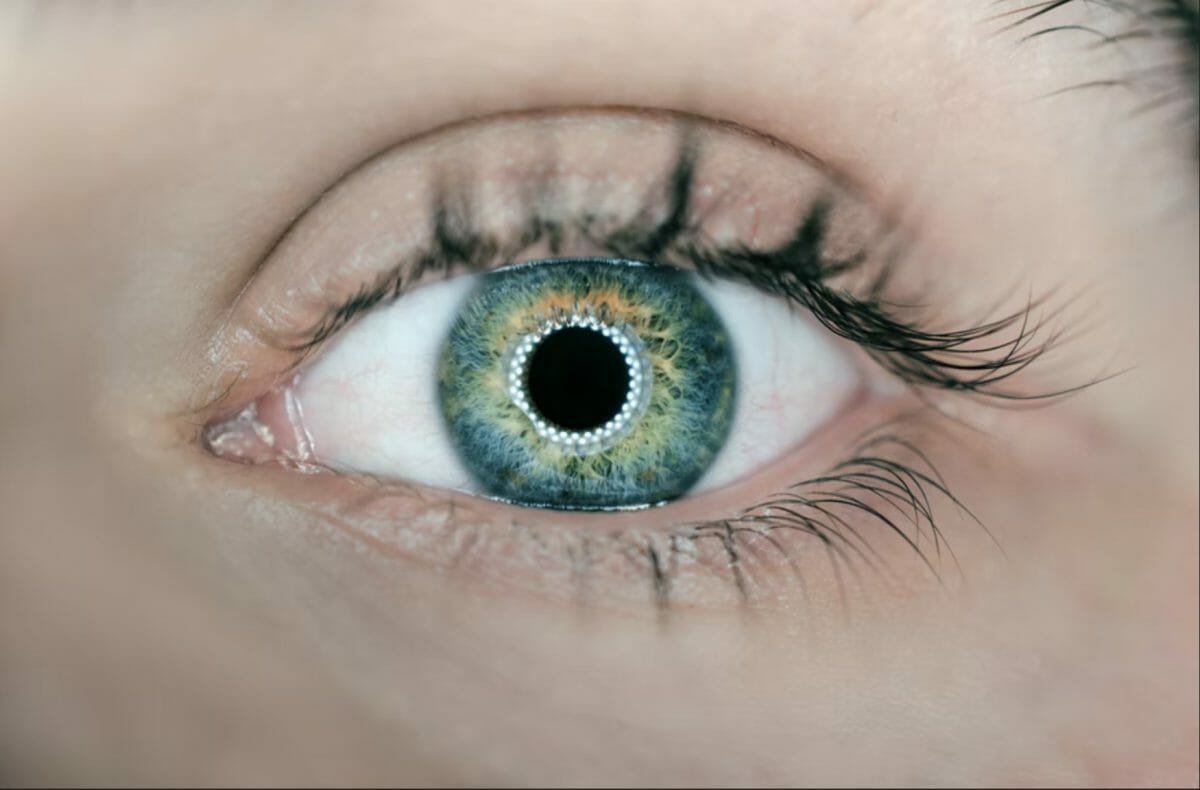There was a time when the use of contact lenses was restricted to correcting refractive errors, such as myopia and hypermetropia. But today, contact lenses have evolved into an integral part of the vision care industry. While colored contacts make a striking fashion statement, therapeutic lenses can be used for drug delivery.
Globally, more than 2.2 billion people struggle with vision impairments. It is more than a quarter of the world’s population. That makes the contact lens industry one of the fastest-growing segments in the vision care market.
While new manufacturers keep entering the industry, a few brands have emerged as market leaders and disruptors. In this blog, we will take a look at a few leading manufacturers who are helping shape today’s contact lens industry. Let us dive right in.
The Evolution of Contact Lenses: An Overview
The first commercially manufactured contact lens was launched in 1887. It was made of glass and covered the entire eye. However, the history of contacts dates back to Leonardo da Vinci who introduced the idea of wearing a glass hemisphere filled with water over the eye for vision correction.
The good news is that contact lenses have come a long way since their early iterations. Glass or plastic lenses that cover the entire eye are a thing of the past. The introduction of soft hydrogel lenses has made the experience of wearing contacts more comfortable.
The next significant breakthrough came in 1998 with the launch of silicone hydrogel lenses. The oxygen permeability of silicone helps users wear their lenses for longer durations. That was followed by the invention of daily disposable lenses.
Today, contact lenses are no longer a necessity for vision correction. The evolution of sophisticated colored contact has turned them into a trendy fashion accessory. Popular celebrities – from social media influencers to supermodels – flaunt their colored contacts with aplomb.
But manufacturers believe that the potential of contact lenses extends beyond fashion and vision improvement. Cutting-edge innovations, such as photochromatic and drug-eluting contacts, are all set to disrupt the market.
Here is how established manufacturers are ushering in a new era in the contact lens industry:
Alcon
Alcon is likely one of the first brands that will come to your mind when you think about popular contact lens brands. A pioneer in the domain of daily disposable lenses, Alcon is best known for their range of DAILIES contacts.
These comfortable and easy-to-wear lenses are available in different variations, including multifocal contacts. Also, users can buy them in packs of 30 and 90.
Alcon’s recent innovations include the launch of daily disposable PRECISION1 for Astigmatism. It boasts cutting-edge features of DAILIES Total1, including Water Gradient Technology, to offer comfort and stability while wearing the lens.
The PRECISION1 for Astigmatism lens also comes with a 6-o’clock scribe mark for a seamless fitting and lens-wearing experience. Furthermore, the company has launched DAILIES Total30, which is a monthly replacement lens with Water Gradient Technology.
Bausch + Lomb
One of the torchbearers of innovation in contact lenses, Bausch + Lomb is best-known for launching the first mass-produced soft contact lens in the U.S. in 1971. Over the years, the brand has been at the forefront of setting new industry standards and trends.
They boast a wide range of lenses engineered to rectify different disorders, including astigmatism and presbyopia.
One of the company’s most recent innovations is the launch of Bausch + Lomb Infuse – daily disposable contacts made using kalifilcon A. The combination of kalifilcon A and Bausch + Lomb’s advanced proprietary technologies addresses previously unmet needs, such as contact lens dryness.
Johnson & Johnson
Johnson & Johnson has been one of the most established players in the contact lens industry. While they have launched a diverse array of products over decades, a few of their recent innovations are disrupting the market.
To begin with, there is the ACUVUE OASYS with Transitions. Think of its as the contact lens equivalent of photochromatic glasses. Powered by advanced light intelligent technology, ACUVUE OASYS with Transitions is engineered to help the eyes adjust to changing light conditions on top of standard vision correction.
The lenses are coated with trillions of photochromatic molecules that quickly respond to different light conditions, thus improving photostress recovery and squinting.
Then there is the ACUVUE Theravision with Ketotifen – the world’s first and only drug-eluting contact lenses. Each lens is infused with the antihistamine ketotifen to reduce symptoms of ocular allergies, such as itching and redness.
Also, Johnson & Johnson has received FDA approval for the ACUVUE Ability Overnight Therapeutic Lenses for people with myopia.
CooperVision
A unit of The Cooper Companies, Inc., CooperVision manufactures a broad spectrum of multifocal, spherical, and toric lenses. One of their recent milestones includes the acquisition of No7 Contact Lenses, a specialty contact lens designer operating in the U.K.
Also, they have launched several new parameters for the Bioinfinity XR toric range, giving users more prescription options to choose from.
Also, CooperVision has partnered with Plastic Bank, a Vancouver-based social organization, to minimize the environmental impact of contact lenses. Every time a box of “clariti 1 day” contact lenses is sold in the U.S., CooperVision will donate funds for the collection and reuse of plastic waste equal to the weight of plastic in clariti day 1 lens and packaging.
Such endeavors are crucial for minimizing the plastic waste generated as a result of the growing use of disposable contact lenses.
The Way Forward
The global contact lens industry is projected to be worth $15.6 billion by 2026, growing at a CAGR of 5.5% over five years. As people become more conscious about their appearance and comfort, the demand for contact lenses will continue to soar.
Besides silicone hydrogel contacts with cutting-edge innovations, cosmetic and therapeutic lenses are also becoming popular. The development of drug-eluting contacts will be the next crucial breakthrough that will help improve post-operative care for patients undergoing LASIK or cataract surgery.
